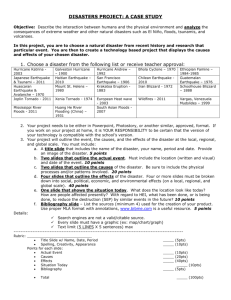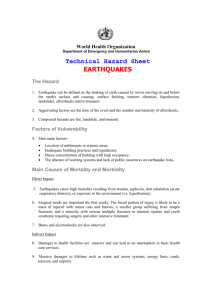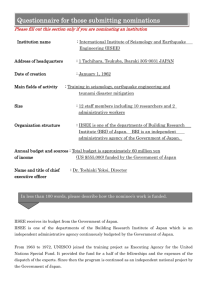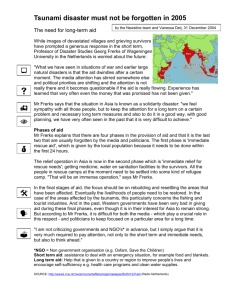1104-Drop-Cover
advertisement
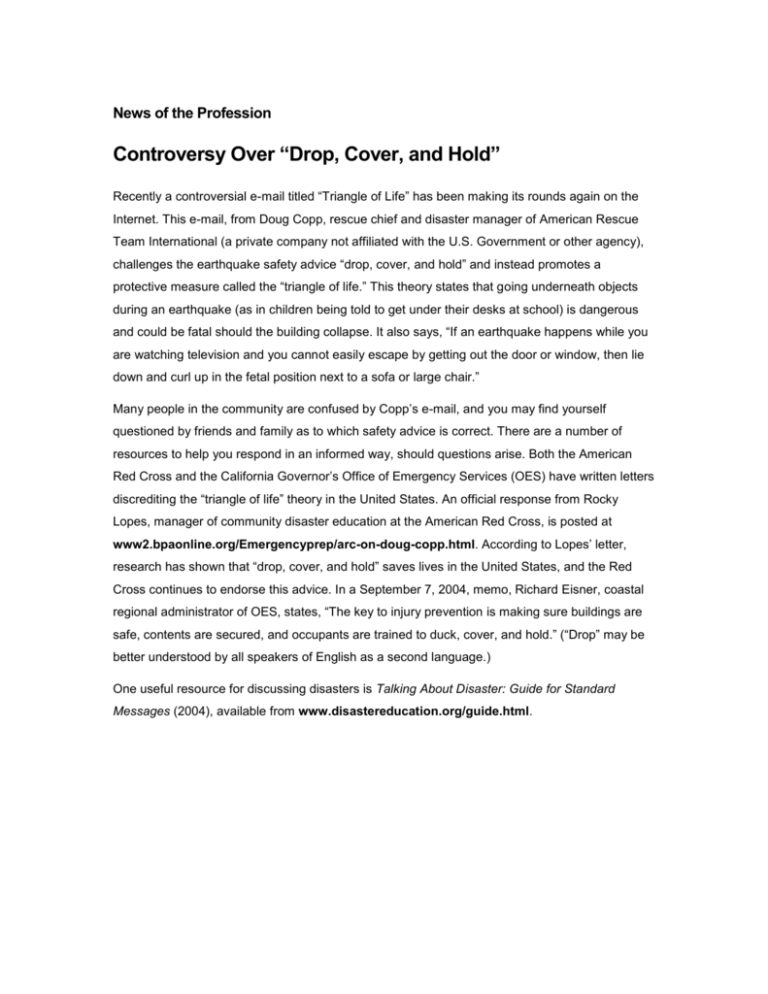
News of the Profession Controversy Over “Drop, Cover, and Hold” Recently a controversial e-mail titled “Triangle of Life” has been making its rounds again on the Internet. This e-mail, from Doug Copp, rescue chief and disaster manager of American Rescue Team International (a private company not affiliated with the U.S. Government or other agency), challenges the earthquake safety advice “drop, cover, and hold” and instead promotes a protective measure called the “triangle of life.” This theory states that going underneath objects during an earthquake (as in children being told to get under their desks at school) is dangerous and could be fatal should the building collapse. It also says, “If an earthquake happens while you are watching television and you cannot easily escape by getting out the door or window, then lie down and curl up in the fetal position next to a sofa or large chair.” Many people in the community are confused by Copp’s e-mail, and you may find yourself questioned by friends and family as to which safety advice is correct. There are a number of resources to help you respond in an informed way, should questions arise. Both the American Red Cross and the California Governor’s Office of Emergency Services (OES) have written letters discrediting the “triangle of life” theory in the United States. An official response from Rocky Lopes, manager of community disaster education at the American Red Cross, is posted at www2.bpaonline.org/Emergencyprep/arc-on-doug-copp.html. According to Lopes’ letter, research has shown that “drop, cover, and hold” saves lives in the United States, and the Red Cross continues to endorse this advice. In a September 7, 2004, memo, Richard Eisner, coastal regional administrator of OES, states, “The key to injury prevention is making sure buildings are safe, contents are secured, and occupants are trained to duck, cover, and hold.” (“Drop” may be better understood by all speakers of English as a second language.) One useful resource for discussing disasters is Talking About Disaster: Guide for Standard Messages (2004), available from www.disastereducation.org/guide.html.



